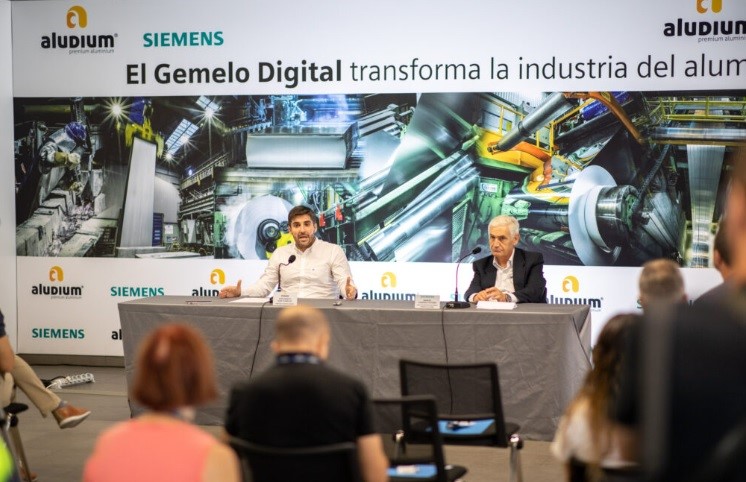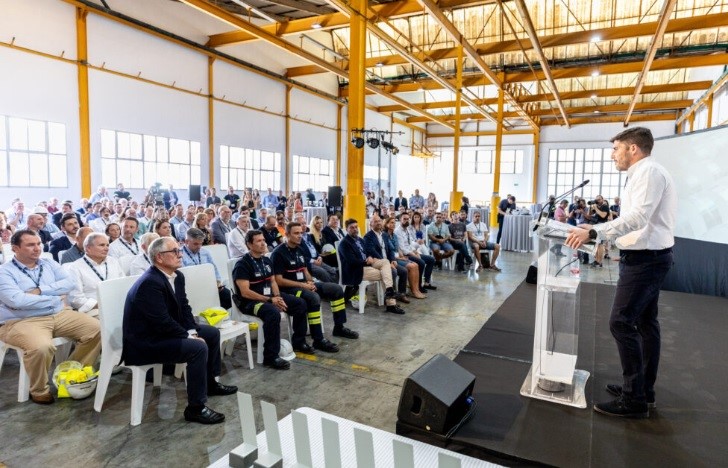

Just one year after the massive fire at the factory that erupted early on April 3, 2021, Aludium resumed operation of its Alicante plant with the L2, its primary rolling mill. Given the difficulty of organising the work and the global circumstances impacting the supply of components, the repair and commissioning of the mill were completed in less than 12 months, which is a record period.

The presentation of the new L2 rolling facility took place on September 15 at the Aludium plant in Alicante, with the presence of both José Ignacio Juan, director of the Alicante Aludium facility, and Manuel Campayo, business director of Siemens LDA Spain Solutions, at the press conference. The tragedy had strengthened the firm, and its new laminator is considerably safer, more effective, automated, and dependable.
“The new L2 is a smarter, more intuitive, efficient and sustainable machine thanks to the implementation of the latest technology developed by Siemens, a worldwide technology leader. The decision to choose Siemens as our technology Partner was simple since we had already carried out other work with them. Furthermore, the vision of putting sustainability, quality and innovation at the core of its developments is in line with Aludium’s strategy and values,” said José Ignacio Juan.

As a result of technological advancements made possible due to the high level of automation, the capacity of the L2 rolling mill grew by 6,000 tonnes annually, improved production quality and the Alicante plant's waste decreased by 12 per cent.
A total of € 12.5 million was invested in the repair and commissioning of the new L2 rolling mill over just one year, of which € 11 million went toward the L2's primary equipment, € 1 million went toward infrastructure, and € 500,000 went toward additional equipment required for the mill's proper operation. The first aluminium coil, a genuine product, was produced on April 1st, 2022.
The endeavour to repair and commission the rolling mill involved more than 250 individuals from 50 firms. Cleaning and removing the damaged components, developing the new solution to be used, installing and assembling, and lastly, commissioning and optimization were the four stages of the repair.



Responses






